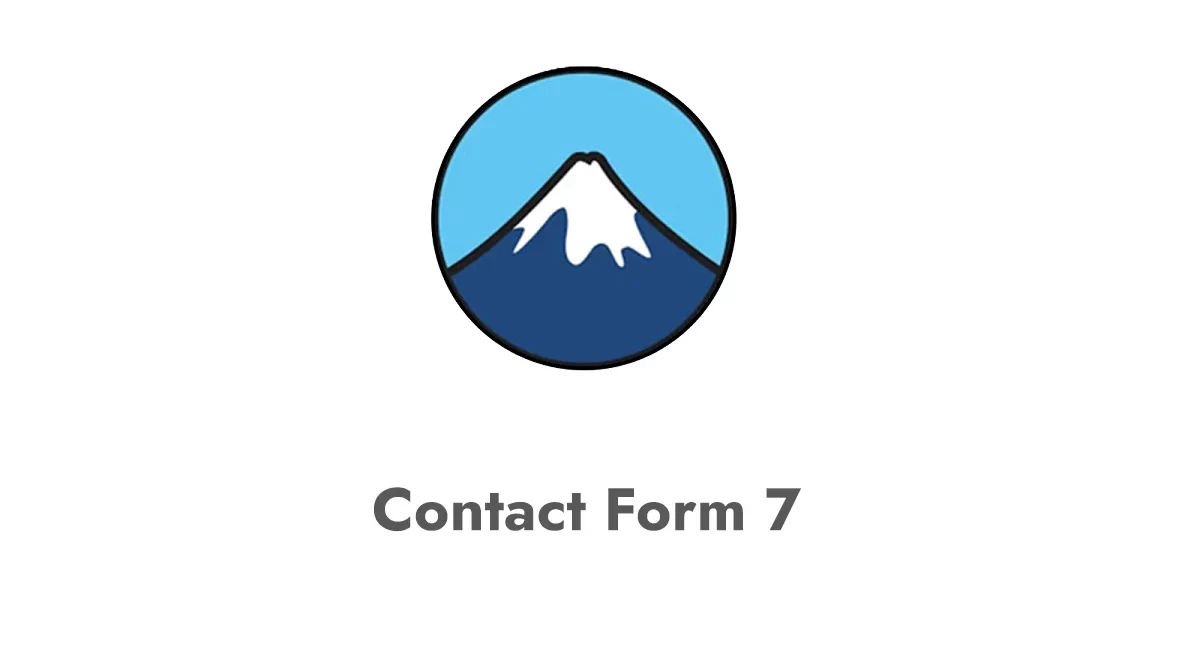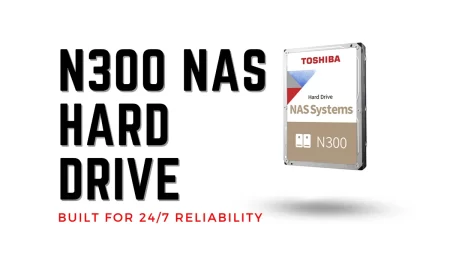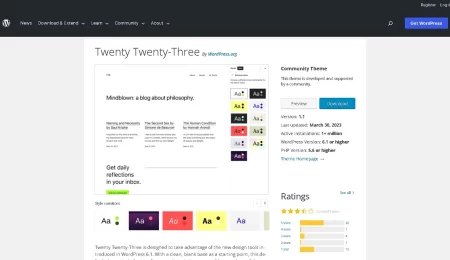Contact Form 7 WordPress plugin
Contact Form 7 WordPress plugin: Contact Form 7 is a versatile and widely-used WordPress plugin that allows website owners to manage multiple contact forms easily. With its simple markup, you can customize the form and the mail contents according to your preferences. This plugin supports various features such as Ajax-powered submitting, CAPTCHA, Akismet spam filtering, and more. In this article, we will explore the features, documentation, support, and recommended plugins for Contact Form 7.
What is Contact Form 7 WordPress Plugin?
Contact Form 7 is a free WordPress plugin designed to simplify the process of creating and managing contact forms on your website. It offers a user-friendly interface and allows you to create multiple contact forms with different fields to suit your specific requirements. The plugin uses simple markup to customize the form and the content of the email notifications sent upon form submission.
Features of Contact Form 7
Contact Form 7 comes with several powerful features that make it a popular choice among WordPress users:
- Customizable Contact Forms: With Contact Form 7, you have the flexibility to create and customize contact forms to suit the design and requirements of your website. The plugin uses a simple markup language, making it easy to add and modify form fields, labels, and other elements.
- Ajax-powered Submitting: One of the standout features of Contact Form 7 is its support for Ajax-powered form submission. This means that users can submit their forms without having to refresh the entire page. The form data is sent asynchronously in the background, providing a seamless and user-friendly experience.
- CAPTCHA Support: Contact Form 7 seamlessly integrates with popular CAPTCHA services, such as reCAPTCHA, to help prevent spam submissions. CAPTCHA adds an additional layer of security by presenting users with a challenge, such as typing in distorted characters or clicking on specific images, to verify that they are human users and not bots.
These features collectively make Contact Form 7 a robust and versatile plugin for creating and managing contact forms on your WordPress website.
Documentation and Support
Contact Form 7 offers comprehensive documentation and a reliable support system to assist users in utilizing the plugin effectively. Here’s an overview of the available resources:
- Documentation: Contact Form 7 provides detailed documentation that serves as a valuable resource for users. The documentation covers various topics, including installation instructions, configuration options, form customization, troubleshooting, and more. It offers step-by-step guides, code examples, and explanations of different features, making it easier for users to understand and utilize the plugin’s capabilities.
- Support Forum: The Contact Form 7 support forum is a community-driven platform where users can seek assistance, ask questions, and share their experiences. The forum is actively monitored by both the plugin developers and knowledgeable community members who volunteer to provide support. Users can search for existing threads or start new ones to receive guidance and solutions for their specific issues.
- Extensions and Add-ons: Contact Form 7 has a vibrant ecosystem of extensions and add-ons developed by both the official team and third-party developers. These extensions enhance the functionality of the plugin by adding new features and integrations. Users can explore the available extensions to find solutions that meet their specific needs and extend the capabilities of Contact Form 7.
- Official Website and Resources: The official Contact Form 7 website serves as a hub of information, providing updates, news, and announcements related to the plugin. Users can access resources such as FAQs, tutorials, code snippets, and best practices to optimize their usage of Contact Form 7. Additionally, the website may include important notices, version updates, and compatibility information with the latest WordPress releases.
- Developer Documentation: For those interested in extending or customizing Contact Form 7, there is developer documentation available. This documentation offers insights into the plugin’s code structure, hooks, filters, and other developer-oriented features. It helps developers understand the inner workings of Contact Form 7 and empowers them to create advanced integrations or customizations.
The Settings Page
The settings page for Contact Form 7 can be accessed within the WordPress admin dashboard. To find the settings page, follow these steps:
- Log in to your WordPress admin dashboard.
- In the left-hand menu, locate “Contact” or “Contact Forms.” This may vary depending on your WordPress theme or plugins installed.
- Click on “Contact” or “Contact Forms” to access the Contact Form 7 settings.
- You will be directed to the Contact Form 7 settings page, where you can configure and manage your contact forms.
Embed Contact Form into the Post
To embed a Contact Form 7 form within your post content in WordPress, you can follow these steps:
- Log in to your WordPress admin dashboard.
- Create a new post or edit an existing one.
- In the post editor, place the cursor at the position where you want to insert the contact form.
- Click on the “Add Form” button above the post editor. It should have a puzzle piece icon and the label “CF7” (Contact Form 7).
- A popup window will appear, displaying a dropdown menu with the available contact forms you have created using Contact Form 7.
- Select the desired contact form from the dropdown menu.
- Once you’ve selected the form, the shortcode for the contact form will be inserted into your post content. It will look something like this:
[contact-form-7 id="123" title="Contact Form"]. - Save or update the post.
The contact form will now be embedded within your post content. When visitors view the post, they will see the contact form and be able to submit their information.
Note: The “Add Form” button may be located in a different position depending on your WordPress theme or editor settings. If you’re unable to locate it, you can manually add the shortcode [contact-form-7 id="123" title="Contact Form"] to your post content, replacing the ID and title values with the appropriate values for your contact form.
Alternate way
you can follow these steps:
- Log in to your WordPress admin dashboard.
- Create a new post or edit an existing one.
- If you’re using the Gutenberg block editor, search for the “Contact Form 7” block or find it under the “Widgets” section.
- Drag and drop the Contact Form 7 block into the desired position within your post content.
- In the block settings, select the contact form you want to display from the dropdown list.
- Customize the appearance and settings of the form if needed.
- Publish or update the post.
Contact-form-7 404 “Not Found
If you see the code [contact-form-7 404 “Not Found”] instead of your contact form, it typically indicates that the specified contact form couldn’t be found. Here are a few steps you can take to troubleshoot and resolve this issue:
- Double-check the shortcode: Ensure that you have copied the correct shortcode for the contact form you want to display. Sometimes, a simple typing error or missing character can cause the form to not be recognized.
- Verify the contact form exists: Go to the Contact Forms section in your WordPress admin dashboard and confirm that the contact form you are referencing is present. If it’s not listed, you may need to create a new form or check if it was accidentally deleted.
- Check for conflicting plugins or themes: Certain plugins or themes might conflict with Contact Form 7 and cause issues with form display. Temporarily deactivate other plugins or switch to a default WordPress theme to see if the contact form appears correctly. If it does, the conflict may lie with one of the deactivated plugins or the theme you were using.
- Permalink structure: Contact Form 7 relies on correct permalink settings to function properly. Ensure that your permalink structure is set correctly by going to Settings > Permalinks in your WordPress admin dashboard and choosing a suitable structure.
- Clear cache: If you have a caching plugin or server-side caching enabled, clear the cache to ensure that any outdated data is not causing the issue. This step is especially important if you recently made changes to your contact form.
By following these troubleshooting steps, you should be able to resolve the issue and have your contact form appear correctly on your WordPress website.
To add a field to your Contact Form 7 form, you can follow these steps:
- Access the Contact Forms section: Go to your WordPress admin dashboard and navigate to “Contact” or “Contact Forms” in the menu. This is where you can manage your Contact Form 7 forms.
- Edit the desired form: Find the form you want to add a field to and click on its name to edit it. Alternatively, you can create a new form by clicking on “Add New” if you haven’t created one yet.
- Add a field tag: In the form editor, you’ll see a textarea where you can define the form structure. To add a field, you need to insert a field tag. Field tags are enclosed in square brackets and specify the type of field you want to add. For example, to add a text input field, you can use the following field tag:
[text your-name]. - Customize the field: You can customize the field by adding attributes to the field tag. For example, you can specify a label for the field, set it as required, or define default values. Here’s an example of a customized text input field:
[text your-name placeholder "Your Name" required]
- Save the form: After adding the field tag and customizing it, save the form to apply the changes.
- Update your contact form on the page: If you have already embedded the contact form on a page or post, the changes will automatically take effect. If not, you can copy the updated shortcode and paste it into the desired page or post to display the form with the new field.
By following these steps, you can add a field to your Contact Form 7 form and customize it according to your requirements.




Leave a Comment